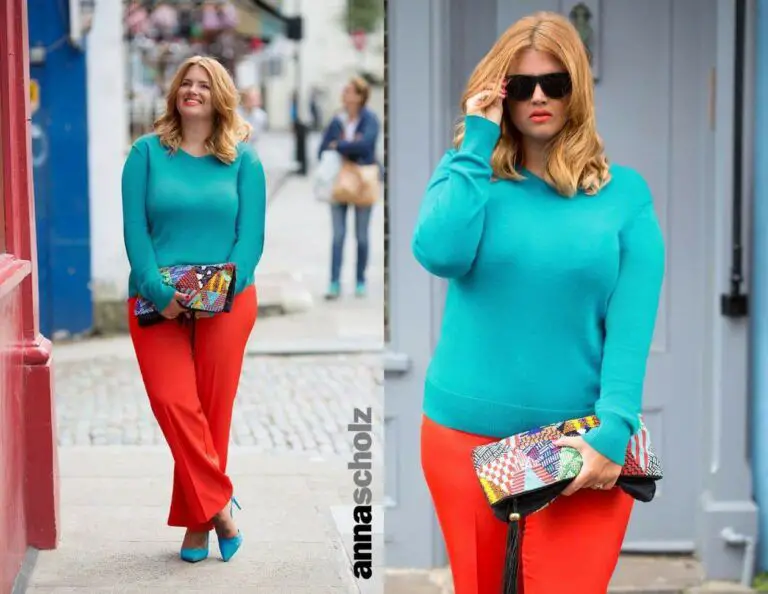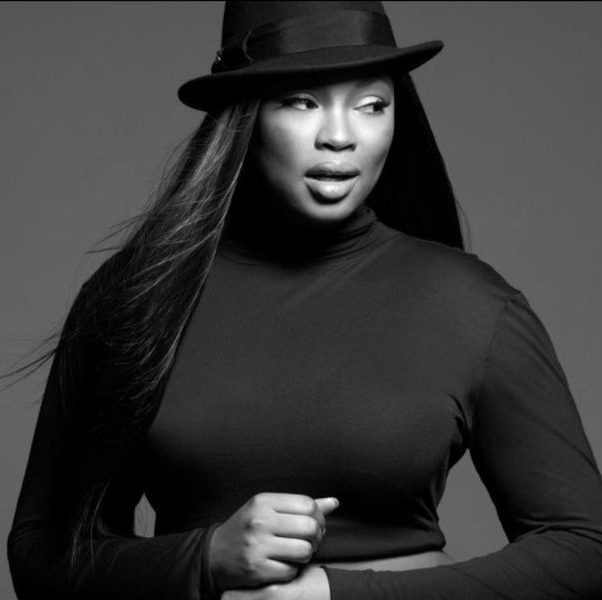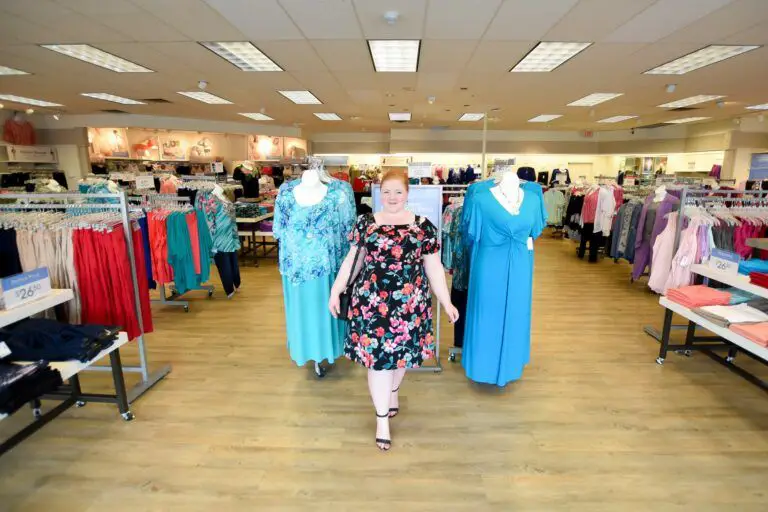Let’s not sugarcoat it.
The U.S. State Department just quietly slipped out new visa guidance that could deny foreign applicants because of their weight or chronic health conditions. That’s right; obesity is now officially on the list of reasons why someone might not be allowed into the U.S.
This kind of policy isn’t just discriminatory… it’s short-sighted. It ignores science, dismisses humanity, and completely overlooks the reality of plus size spending power, which is driving billions in economic activity across fashion, beauty, wellness, and beyond.
We’re not making this up. According to reports from Fox News and KFF Health News, visa officers are being told to consider whether an applicant’s body might become a “public charge”; especially if they live with obesity, diabetes, heart disease, or other chronic conditions.
Let’s pause right there. Because what they’re really saying is: “We don’t want to let you in if you might cost us money someday.” The subtext? If you live in a larger body; if you’re managing a chronic illness; if your health doesn’t fit a narrow, able-bodied mold… you’re a liability.
We call B.S.
What’s Actually in the Visa Rule?

In this quietly released cable, the State Department instructed consular officers to weigh applicants’ chronic health conditions when deciding on their eligibility. Specifically:
“Conditions such as cardiovascular diseases, chronic respiratory diseases, metabolic diseases (including diabetes), neurological diseases, and obesity should be considered.”
These aren’t contagious or life-threatening to others. These are everyday conditions, many shaped by genetics, environments, and structural inequities.
Yet under this rule, these conditions can become a reason to deny someone’s visa. Why? Because of the possibility that they might, someday, seek public assistance for medical care.
But how do you prove that?
Spoiler: you can’t.
This isn’t science; it’s a judgment call. And it gives enormous power to consular officers to act on bias, not evidence.
So… Would Our Current President Even Get In?
Let’s be real. Under this new guidance, even the current President of the United States could be flagged as a “public charge” risk.
He is “clinically obese” (as documented during his presidency), has a history of COVID-19, is in his late 70s, and has a well-publicized diet of burgers and soda. According to this policy, those health indicators check several boxes on the “risk” list.
But this isn’t about one man; it’s about how ridiculous the logic becomes when you apply speculative health profiling to determine someone’s right to exist or contribute. If someone with his health profile wouldn’t pass, what hope do ordinary people have?
This is not a medical decision; it’s ideological discrimination.
Let’s Talk About Plus Size Spending Power

While the U.S. government wrings its hands over the so-called cost of plus size bodies, here’s what they’re conveniently ignoring:
We’re not a burden; we’re literally a billion-dollar powerhouse.
- The global plus size clothing market is projected to surpass $200 billion by 2034
- In the U.S. alone, plus size women’s fashion is expected to top $111 billion by 2025
That’s not niche; that’s market dominance.
That’s not a side category; that’s central to the fashion industry’s future.
That’s not a “burden”; that’s a cultural and economic engine driven by plus size consumers, creators, and communities.
We don’t just spend; we set trends, move markets, and shift how brands build relevance.

And here’s the bottom line:
With around 67% of U.S. women wearing size 14 or above, and the plus size fashion market already generating over $100 billion, plus size consumers represent a major economic force; and when you add in beauty, travel, wellness, home, and lifestyle, the annual spending power climbs into the hundreds of billions, in the U.S. alone.
So, when government policies treat plus size people as liabilities, they’re not just being discriminatory; they’re being economically ignorant.
They’re ignoring the plus size spending power, the creative influence, and cultural value that this community brings, not just to fashion, but to the entire consumer economy.
This Isn’t Just About Visas; It’s About Respect
The ripple effect of this kind of policy is real.

It sends a message: If your body doesn’t conform, your value is conditional.
It stigmatizes chronic illness and fatness as dangerous.
It justifies exclusion based on speculative cost, not real-world contribution.
For a government that claims to champion diversity, equity, and inclusion, this is a slap in the face. For a fashion and culture movement like ours, it’s a rallying cry.
What We’re Doing About It (And What You Can Do Too)
At The Curvy Fashionista, we don’t just dress plus size bodies; we defend them.
We’re here to:
- Call it out: This policy is sizeist, plain and simple.
- Educate: The plus size economy is massive and growing. We are not a burden; we’re a business case.
- Activate: We’ll be sharing more on our platforms to raise awareness, amplify voices, and partner with organizations working at the intersection of immigration and body liberation.
Let’s be clear: policies like this are exactly why we need platforms that champion plus size visibility, culture, and power. This is why we exist.

Because plus size folks are not second-class citizens. We are not “risks.”
We are visionaries, workers, innovators, artists, caregivers, thinkers, and yes, shoppers.
We shape the world. And we’re not asking for permission to be here.
Want to Take Action?
- Share this article with your audience.
- Post your story if this hits close to home.
- Support advocacy groups like NAAFA, which are championing the end of sizeism in the workplace.
- Email your reps; tell them exclusion isn’t policy… it’s prejudice.
- Tag us on socials and let’s get this conversation LOUD.
Final Word?
In the age of Ozempic obsession, the collapse of the BMI as credible science, and the quiet erasure of plus size models from runways they helped diversify, one thing is clear: this brand of sizeism isn’t rooted in health, policy, or economics; it’s ignorance dressed up as governance, and classism cloaked in bureaucracy.
If decision-makers really cared about public health, economic growth, or cultural relevance, they wouldn’t be shutting the door on larger bodies; they’d be following the money. And the money? It’s loud, loyal, and living in the curve. The plus size spending power is not just real; it’s the path to glory for anyone bold enough to embrace it. IJS.
The only thing bloated here is the size of the bias in this rule. And we’re here to pop that bubble, with facts, fashion, and fierce advocacy.
Because we know the truth:
Plus size people are not a burden. We’re the blueprint.







